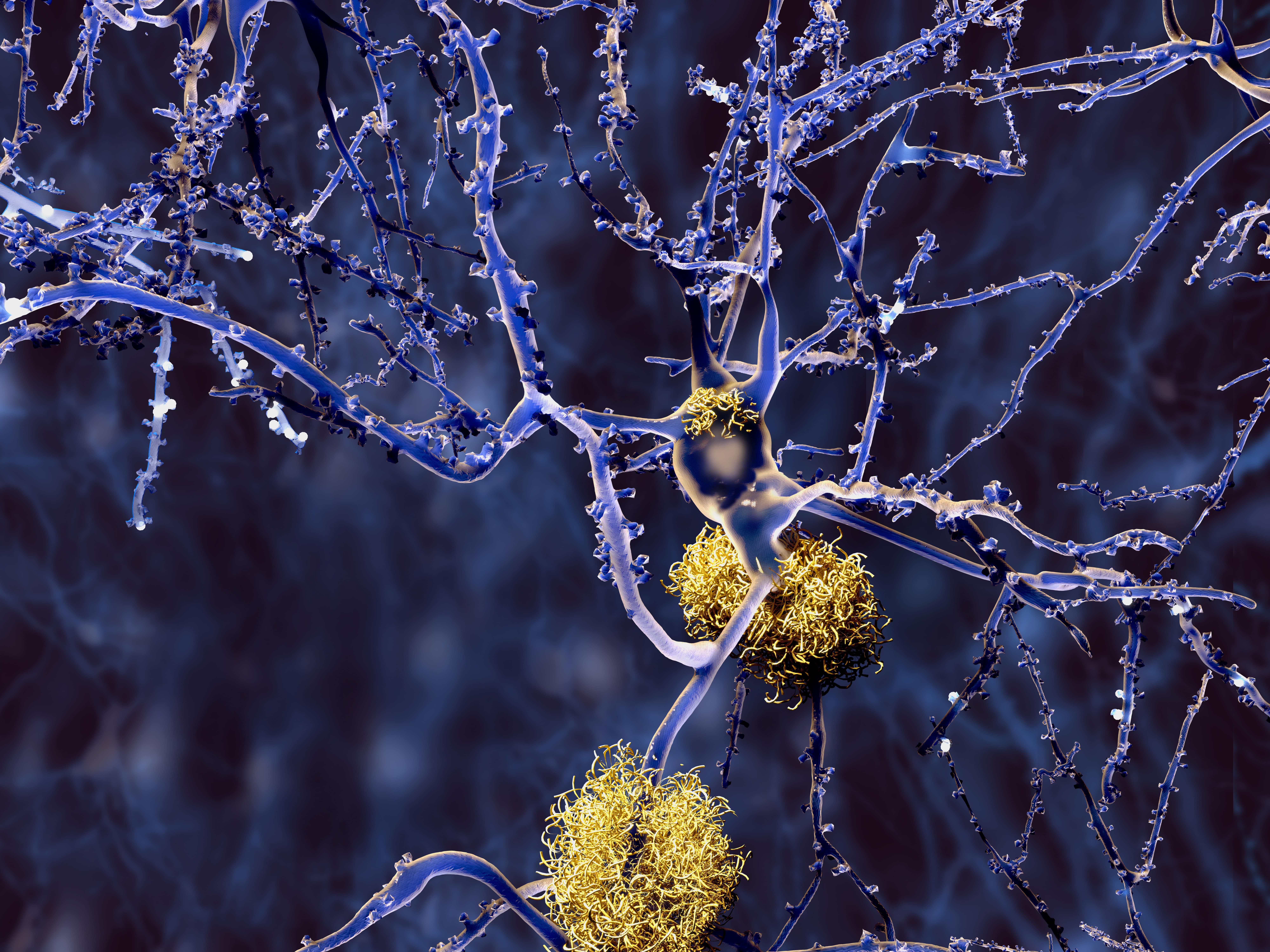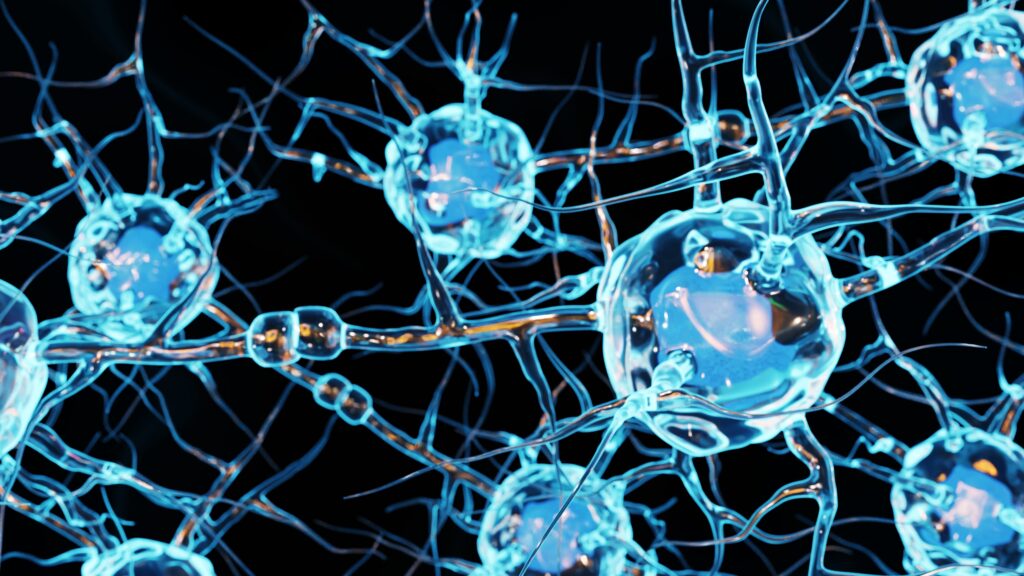New Technology Expands Gene Therapy Delivery Options
QPS Neuro
Gene therapy clinical trials using adeno-associated virus (AAV) vectors for gene transfer are on the rise. AAV vectors are an appealing choice for gene therapy applications because of their strong safety profile, long-term gene expression, and high-efficiency transduction into a wide range of target tissues. Despite these advantages, there are limitations: AAV vectors have limited …
Trigger for Amyloid-β-Driven Neurodegeneration Uncovered
QPS Neuro
Neurodegenerative diseases such as Alzheimer’s disease are known to be linked to the accumulation of amyloid-β plaques, ultimately disrupting cognitive function. Now, a study conducted by researchers from Weill Cornell Medicine has identified a surprising culprit that could contribute to the buildup of these toxic proteins: CD36 receptors on the surface of macrophage cells in …
Diversity of Neurons and Other Brain-Cell Atlas Findings
QPS Neuropharmacology
Swedish researchers have created the most detailed cell atlases of the human brain available to date. In two parallel projects, the research team from Karolinska Institutet analyzed millions of cell nuclei from human brains across a range of developmental stages. Chief among the study’s wide-ranging findings was the broad diversity of neurons found in the …
Formation of Synapses Between Neurons Finally Observed
QPS Neuropharmacology
Synapses are crucial contact points between neurons that enable the transmission of information and communication within the nervous system. The structure and function of synapses are generally well understood. But how these synapses form in the first place has long been a mystery. Thanks to a groundbreaking new study recently published in Science, that could …
Transporter Protein May Play Role in Huntington’s Disease
QPS Neuropharmacology
A groundbreaking study conducted by researchers from the University of Ottawa is shedding new light on Huntington’s disease. The research focused on VGLUT3, a transporter protein, and its role in modulating the development of Huntington’s disease in a mouse model. The team’s initial findings could ultimately enhance our understanding of this devastating neurological disorder in …





